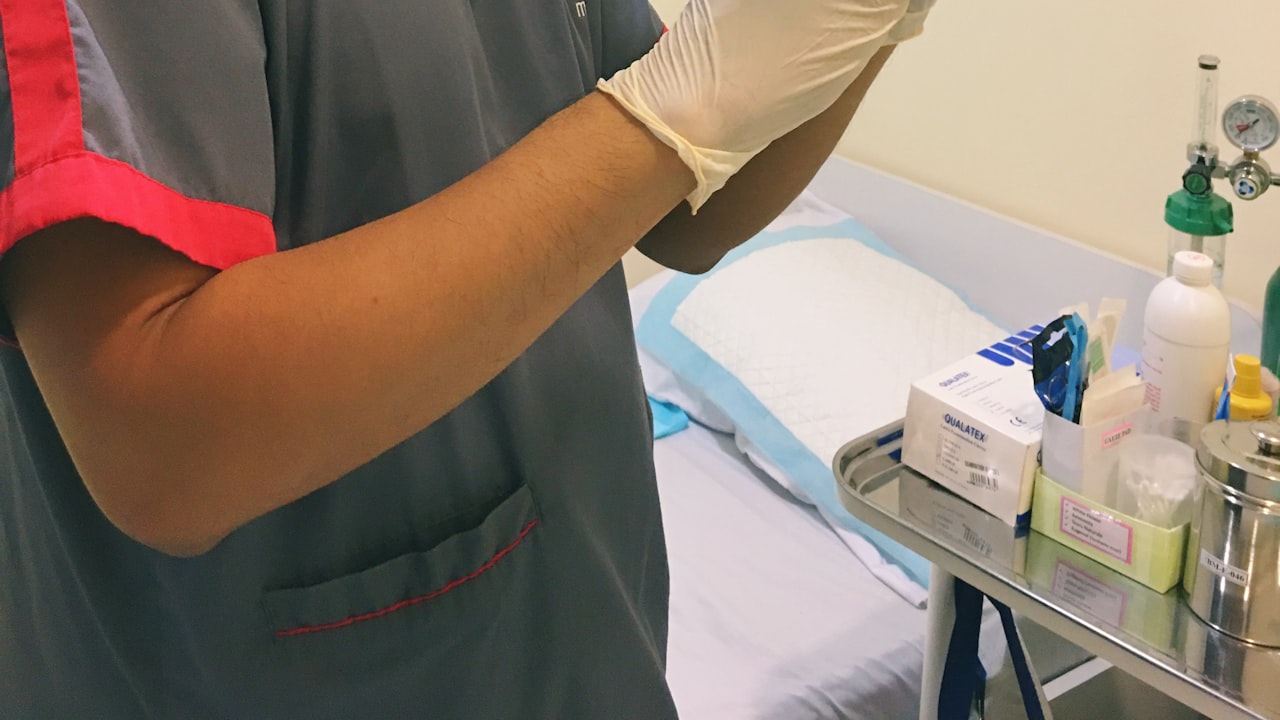Title: Designing Effective Injection Molds: Key Factors and Considerations
Designing effective injection molds is crucial for ensuring the quality and efficiency of the production process in injection mold factories. Injection molds, also known as injection molds, are essential tools used in the manufacturing industry to produce plastic parts in large quantities. This article will discuss the key factors and considerations that injection mold factories and suppliers need to keep in mind when designing injection molds.
One of the most important factors to consider when designing injection molds is the material to be used. The material selected for the mold should be durable, heat-resistant, and capable of withstanding the pressures and temperatures of the injection molding process. Common materials used for injection molds include steel, aluminum, and beryllium copper.
Another key consideration in designing effective injection molds is the part design. The design of the part to be produced will influence the design of the mold. Complex part geometries may require more intricate mold designs, while simple parts may be produced using a basic mold. It is essential to optimize the part design for manufacturability to ensure the mold can produce high-quality parts consistently.
Additionally, the cooling system is a critical factor in injection mold design. Efficient cooling is essential for achieving fast cycle times and ensuring uniform cooling of the molded part. The design of the cooling channels within the mold should be carefully planned to maximize heat transfer and minimize cooling time.
Injection mold suppliers play a vital role in the design and production of injection molds. It is essential for injection mold factories to partner with reliable and experienced suppliers who can provide high-quality molds that meet their specifications and requirements. Communication between the factory and the supplier is key to ensuring that the mold design meets the factory’s production needs.
In conclusion, designing effective injection molds requires careful consideration of various factors, including material selection, part design, cooling system design, and collaboration with reliable suppliers. By paying attention to these key factors and considerations, injection mold factories can ensure the quality and efficiency of their production processes.

 Title: Designing Precision Injection Molds: Key Considerations and Best Practices
Title: Designing Precision Injection Molds: Key Considerations and Best Practices